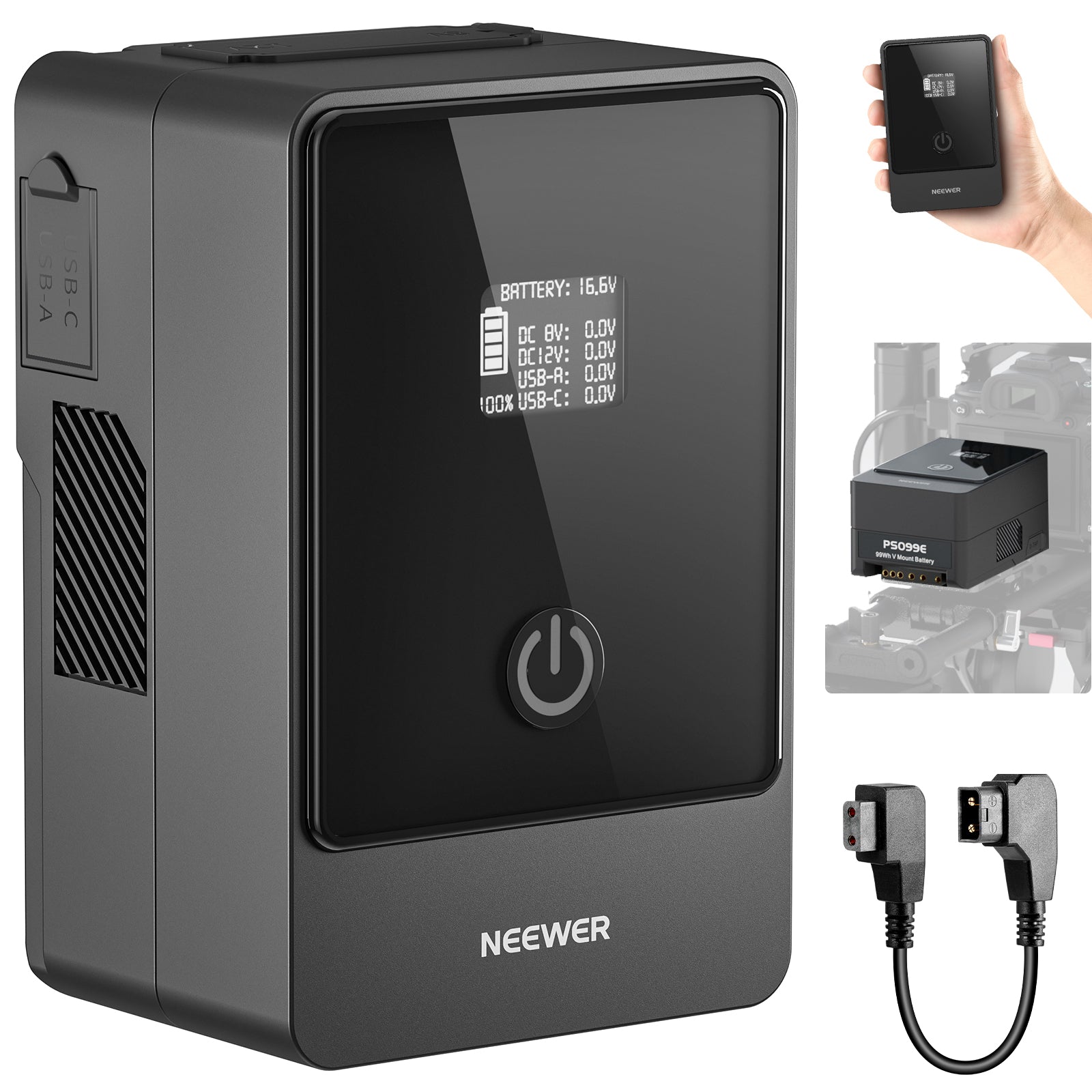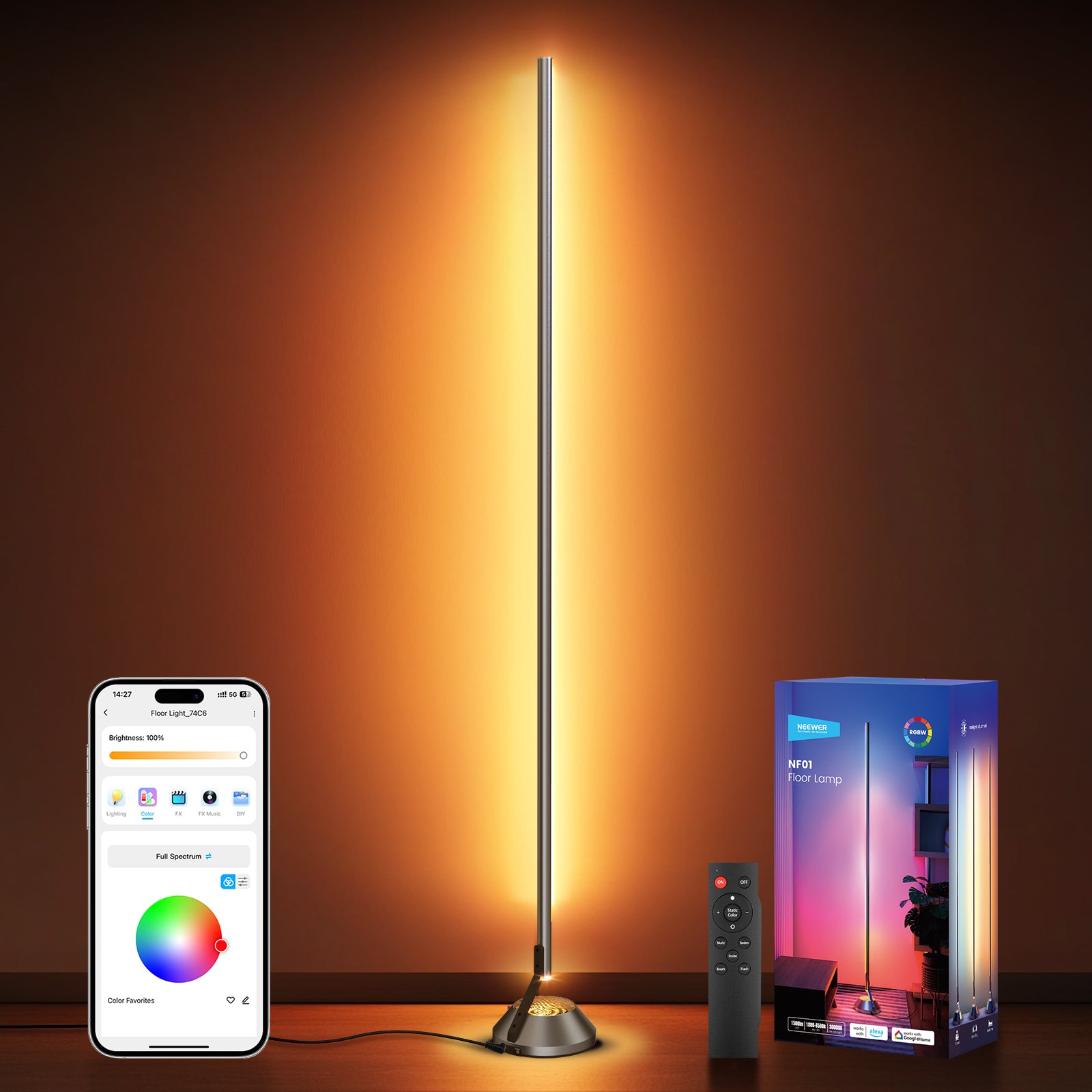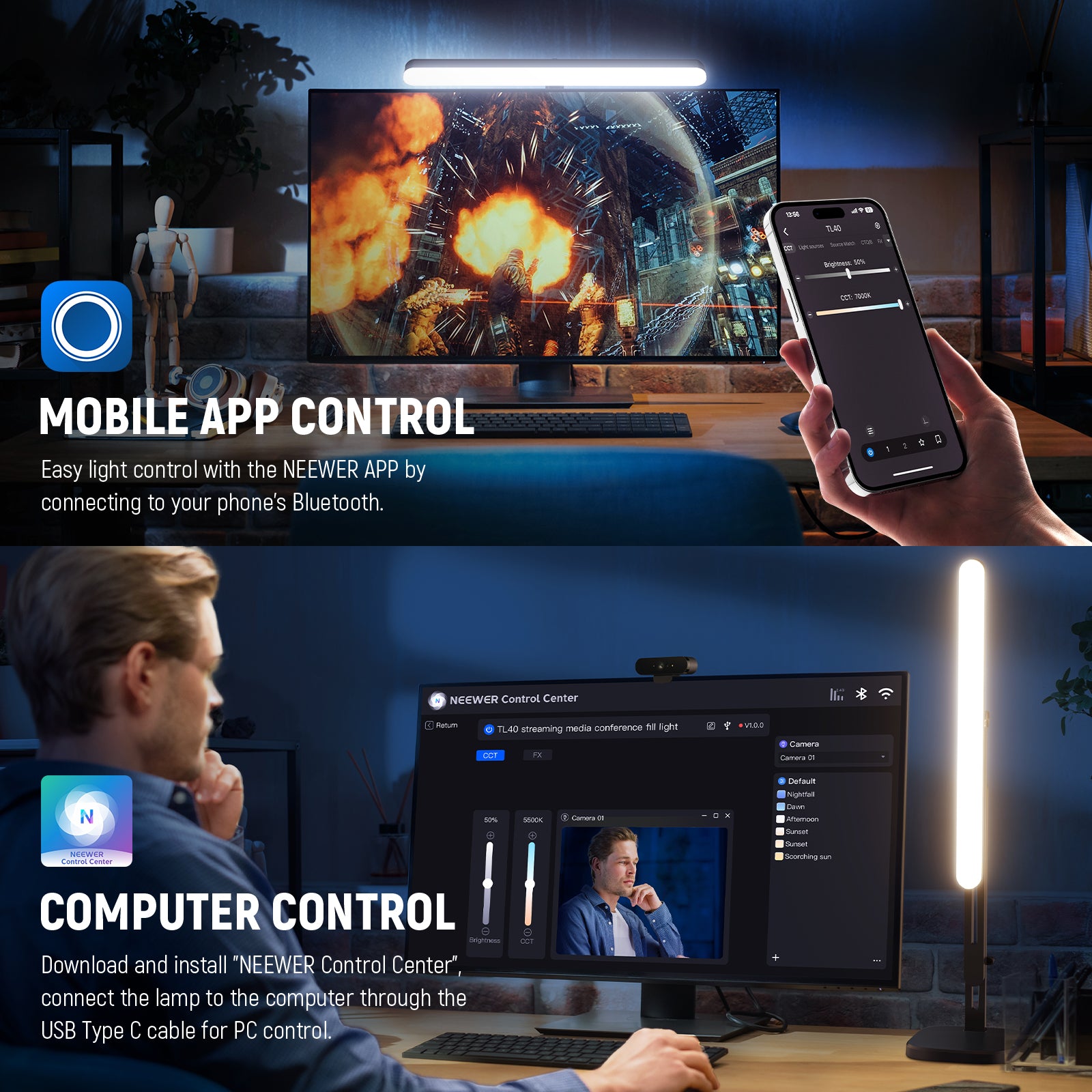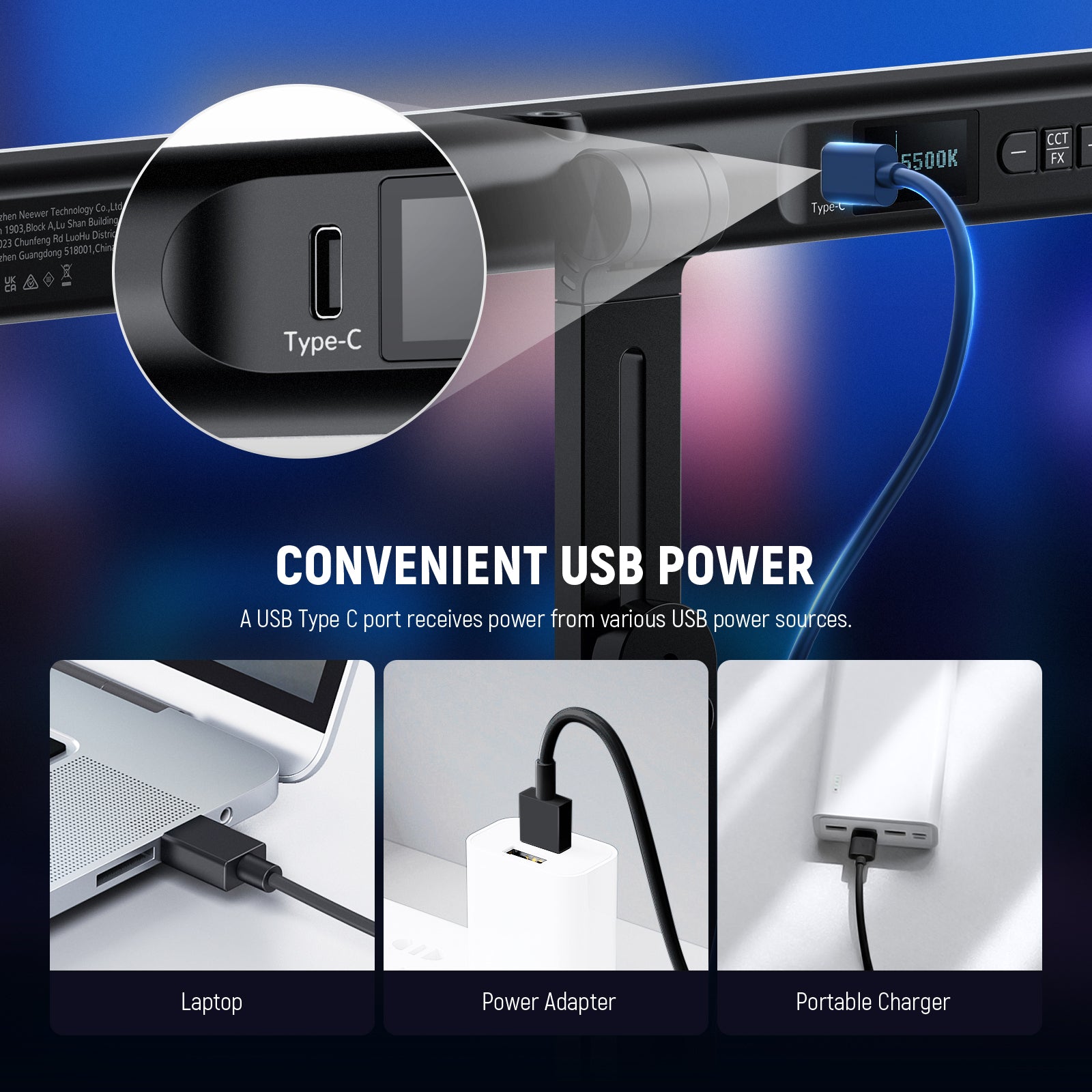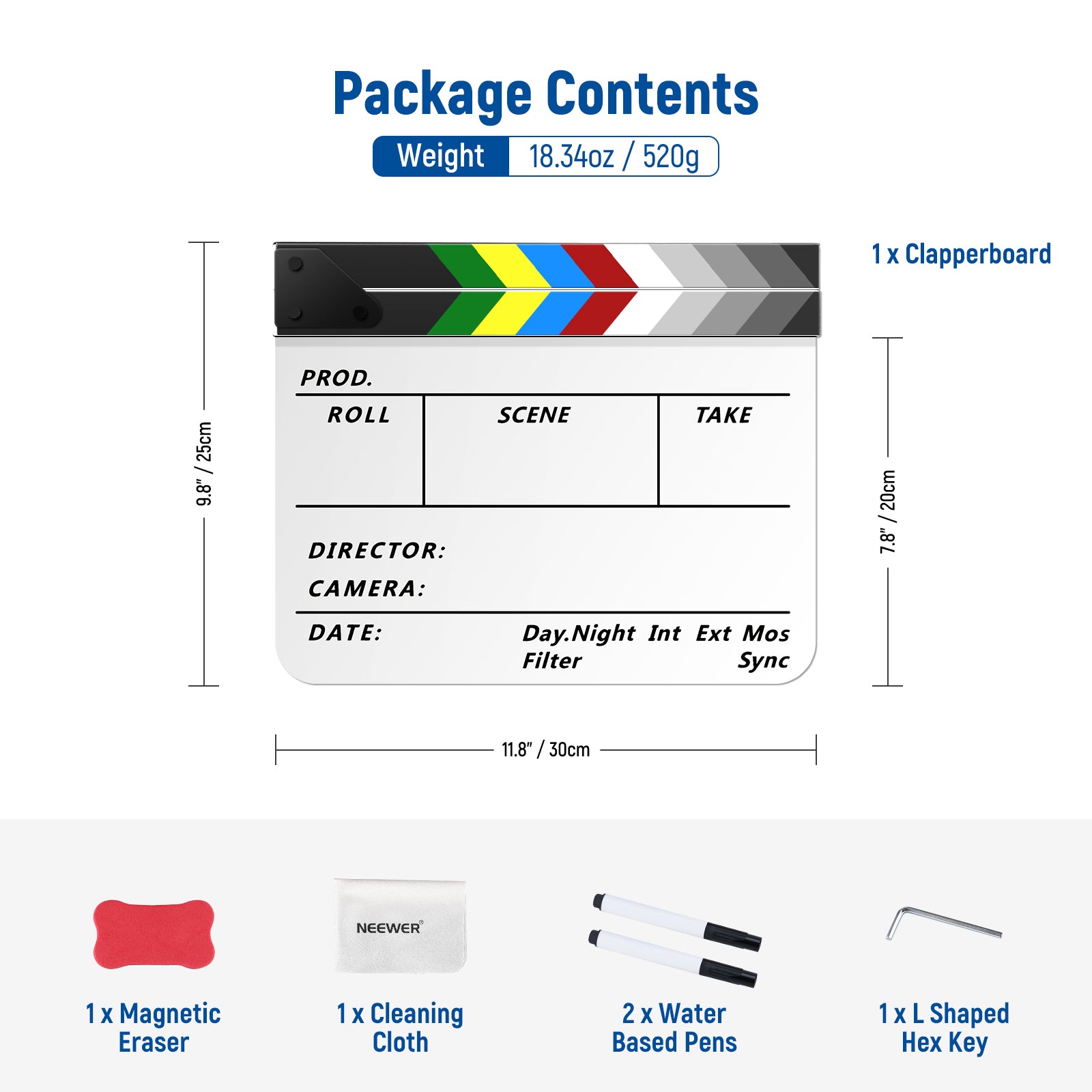Table of Contents
The tripod, which has three points of support and provides a very stable base for photography equipment, is used most often by photographers and enthusiasts. The tripod is a very helpful piece of equipment if you are concerned about the weight of your equipment, wish to master professional landscape photography, or need to move the camera from hand to other places.
You are welcome to this article if you wish to purchase a tripod or learn more about it. Learn about the uses and types of tripods.
What is a Tripod? A Clear Definition

A tripod is a type of photographic equipment that can improve the stability of a camera and make the image shot more fluid. Its main feature is that it has three legs to ensure that it can play its role as a stable support. Most tripods are made up of three legs, a center column, and a head. The head and camera are connected by the quick-release plate.
In general, if you are interested in taking landscape shots, a good tripod will be an important piece of photographic equipment. Many users have reported a marked improvement in their photographs and have experimented with new techniques and photographic subjects.
What is a Tripod Used For? Tripod Uses Explained

You can use a tripod for static photos, zoom shots, group pictures, and more. It is essential for anyone who wants to capture memories, create content, or explore photography techniques. These are the most common tripod uses.
1. Static shots

The tripod comes in handy when you want to capture static images where your camera is fixed in one place. It is helpful when you need to concentrate on a composition such as capturing a portrait of your family. The shot will look professional and clean if you keep the camera still.
2. Dialogue Scenes
A tripod can help keep your camera stable while changing speakers in a conversation or interview. It is a great way to record an interview. It will ensure that your camera does not shake and you can focus on the speaker, making it look professional.
3. Camera Pan
When you need to smoothly pan the camera, such as when following a moving subject across the frame, a tripod is incredibly useful. If you are filming your friend in a park and want to keep him or her focused as they walk from left to right, then a smooth pan will do the trick.
4. Camera Tilt
A tilt is similar to panning the camera. When you want to capture a high-rise building or scenic view, tilting your camera upwards or downwards will ensure that the image is steady and prevent any distracting movements.
5. Zoom shots
To avoid blurry footage, tripods are essential for zoom lenses. If you are filming nature documentaries and want to zoom in on the bird in a branch, using it will ensure that your zoom is smooth and steady, giving a professional look.
6. Time-lapse photography
For time-lapse photos, the tripod is essential. The camera must remain in one spot for a long period of time. Imagine that you set up your tripod in front of the sunset and leave it there for an hour, while it continuously takes photos. It ensures that the images are perfectly aligned when viewed.
7. Self-Portraits and Group Photos
Use a tripod to securely position your camera for group or self-portrait photography, for instance when taking family shots on an island vacation or any other trip where someone needs to hold up the camera for you. A stable shot without needing another person holding onto it!
When to Use a Tripod for Photography?

- Weight support: Handheld shooting with heavy cameras and telephoto lenses can be difficult, resulting in blurriness. The tripod will help you capture sharp images by distributing the weight. It is especially useful for sports events or concerts where you may need a steady base to shoot long shots with heavy equipment.
- Off-Handed Shooting:In situations where the photographer must handle everything by themselves, such as some "single-combat" scenes, tripods are a good support. You can free up your hands, and the tripod will keep the camera steady. This allows you to concentrate more on composition than stabilization.
- Fixed camera position: When working with creative techniques such as panorama stitching, depth-of-field compositing or time-lapse photography, or video recording, maintaining a constant position is essential. A tripod will ensure that the camera remains perfectly still in between shots. This is important for capturing multiple photos from the same angle.
- Stable exposure for special effects: Subjects requiring long exposures such as starry sky, night cityscapes, or motion effects, like fogged water or brushed clouds, require stability. A tripod will prevent any unwanted movement when using slower shutter speeds. This ensures that the image is clear and sharp.
Exploring the Different Types of Tripods

Based on purpose, size, and functionality, tripods can be categorized into the following types.
|
Types of Tripods |
Features |
Best for |
|
Standard Tripods |
Adjustable legs, a center column, and a universal mount for the camera |
Photographers, hobbyists, and videographers |
|
Smaller size and fewer adjustable features, but easy to carry and store |
Travelers, casual photographers, vloggers, and content creators |
|
|
Very short legs, Very short legs, suitable for compact cameras or smartphones |
Smartphone photographers, product photographers, and YouTubers |
|
|
Lightweight, easy to carry, but offers less stability than a tripod |
Sports photographers, event photographers, travelers, and videographers |
|
|
Bendable legs for unique positioning |
Action camera users, travel vloggers, and adventure photographers |
|
|
Strong, stable, and often larger with advanced features for fine-tuning. |
Professional photographers, videographers, and filmmakers |
|
|
Fluid Head Tripods |
Fluid-filled head for stability and smoothness during movement |
Videographers, filmmakers, and content creators |
|
Ball Head Tripods |
A ball head allows for fast camera positioning in any direction |
Professional photographers and advanced hobbyists |
|
Action Camera Tripods |
Compact, durable, and sometimes waterproof |
Action camera enthusiasts, travelers, vloggers, and extreme sports photographers |
|
Multi-use or Hybrid Tripods |
Often have removable legs or other mechanisms that allow the tripod to convert into a monopod |
Versatile photographers, videographers, and content creators |
Can You Bring a Tripod on a Plane?
Yes, you can bring a tripod on a plane, but there are certain guidelines you should follow if you want to do it.
- Make sure the tripod meets carry-on size restrictions of airlines when considering including it as part of your carry-on luggage, and select as compact and lightweight a tripod as possible for portability.
- You may check luggage on your tripod if it is too heavy to take with you. Be sure to pack it well in order to avoid damaging the tripod.
- The tripod could be subjected to an additional screen at the security checkpoint, depending on how it is designed. Be sure to obey the security staff.
- Be aware that if your tripod has sharp or bulky accessories (such as tools or heavy heads), they might need to be packed in checked luggage.























